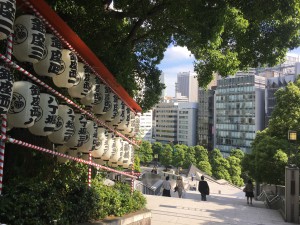 All the way back in the year 1478, a man named Ota Dokan constructed the “Hie Shrine.” This shrine is named after the guardian deity of Mount Hie in the Shiga Prefecture. This deity is called Oyamakui-no-kami, or more commonly known as Hie-no-kami. The shrine has changed locations many times but has been in its current location since 1659. Unfortunately, the shrine that existed then was burnt down during WWII, so the current buildings are from 1958.
All the way back in the year 1478, a man named Ota Dokan constructed the “Hie Shrine.” This shrine is named after the guardian deity of Mount Hie in the Shiga Prefecture. This deity is called Oyamakui-no-kami, or more commonly known as Hie-no-kami. The shrine has changed locations many times but has been in its current location since 1659. Unfortunately, the shrine that existed then was burnt down during WWII, so the current buildings are from 1958.
Most shrines are guarded by lion-dogs or foxes, but the Hie Shrine is guarded by monkeys. This is because the messenger of Hie-no-kami is the monkey. The monkey is believed to bring harmonious marriage and safe childbirth, thus the statues attract many female worshipper who pray for these benefits.
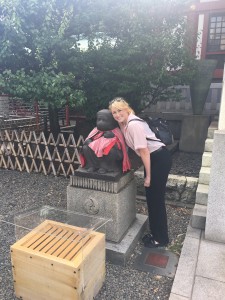 One of the most famous features of the Hie Shrine is its pathway of torii gates. On your way to the shrine, you must climb a tall mountain of stairs, all closed-in with torii gate after torii gate. This is the most photographed location at the shrine and it is usually what people think of when you mention it.
One of the most famous features of the Hie Shrine is its pathway of torii gates. On your way to the shrine, you must climb a tall mountain of stairs, all closed-in with torii gate after torii gate. This is the most photographed location at the shrine and it is usually what people think of when you mention it.
The Hie Shrine also holds one of the three largest festivals in Japan, the Sanno Matsuri Festival. This festival happens every summer and marks the summer festival season. While the event happens every year, the festival’s luxuriant parade, the Jinkosai, only occurs on even-numbered years. During this parade, the head priest of the shrine is allowed to enter the Imperial Palace and pray to the Emperor and the Imperial family. This is the only shrine that has had the permission to do this since the Edo Period. 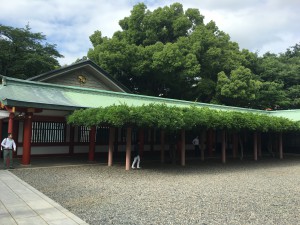 Back in the older times of the parade, there would be floats that would tower several stories tall. Unfortunately, these floats have not been used since 1885 due to the construction of street overpasses.
Back in the older times of the parade, there would be floats that would tower several stories tall. Unfortunately, these floats have not been used since 1885 due to the construction of street overpasses.
The Hie Shrine is considered Japan’s most urban shrine. The property lies right within Japan’s largest government district and skyscrapers can be seen from within the walls. Truly proving its status at the most urban shrine, the shrine even has escalators on one side, just in case you’re too tired to climb the stairs. Also, the temizuya fountain remains off until someone walks up to it. Then the fountain will turn on automatically if you wish to use it.
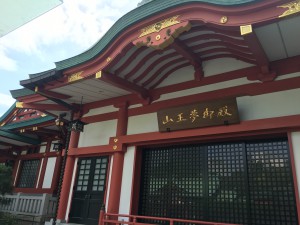 The Hie Shrine also contains many national treasures, including 27 katakana swords that belonged to the Tokugawa Shoguns. The Hie Shrine itself is designated as a “First Class Government Shrine.”
The Hie Shrine also contains many national treasures, including 27 katakana swords that belonged to the Tokugawa Shoguns. The Hie Shrine itself is designated as a “First Class Government Shrine.”
Due to the massive importance of the Hie Shrine in Japanese culture, this is one of the most important shrines to visit if you are traveling to the country. I highly suggest visiting in the summer so that you can take part in the Sanno Festival.
| Name | Hiejinja(Shrine) |
|---|---|
| Japanese name | 日枝神社 |
| Kami( ?) | 大山咋神(Oyamakuinokami) 国常立神(Kuninotokotachikami) 伊弉冉神(Izanaminokami) 足仲彦尊(Tarashinakatuhikonomikoto) |
| Address | 2-10-5,Nagatacho,Chiyoda-ku,Tokyo |
| Direction | Can be accessed by the Chiyoda line at Kokkaigijidomae and Ginza line at Tameikesanno depending on direction. |
| Price | Free |
| Hours | Apr-Sep 5:00 to 18:00/Oct-Mar 6:00 to 17:00 |
| Event | |
| Goshuin(?) | Yes |
| Website | http://www.hiejinja.net/ |
| Other |
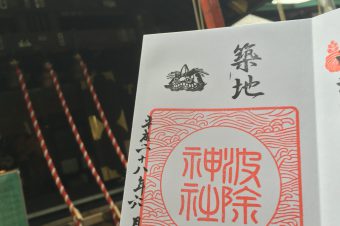
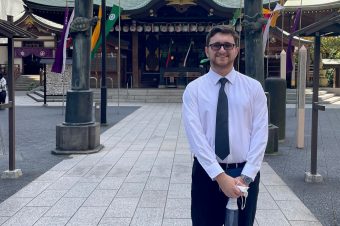
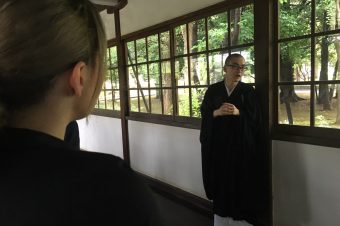
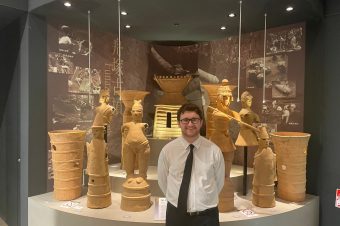
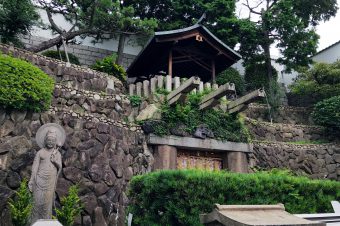
-340x226.jpg)